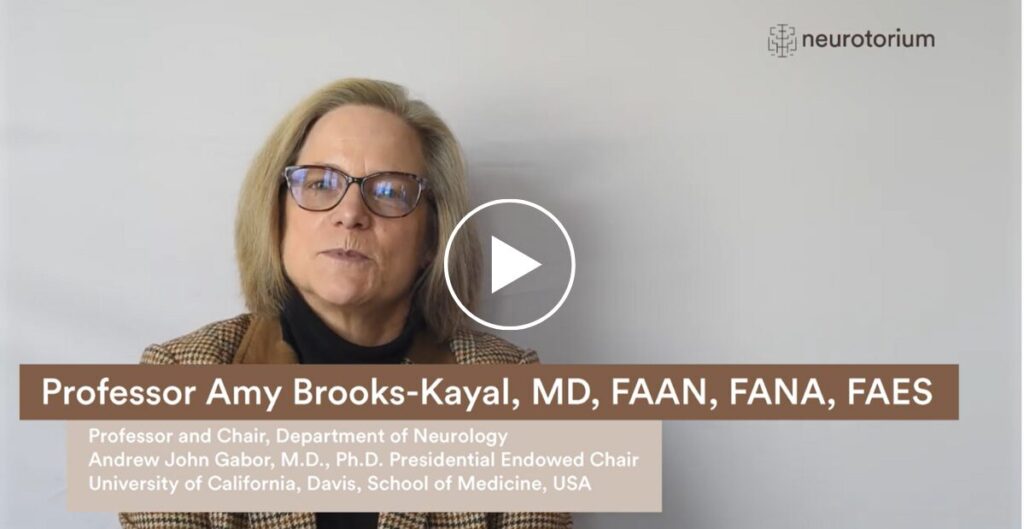Slide Decks on Epilepsy
According to the International League Against Epilepsy (ILAE), an epileptic seizure is “a transient occurrence of signs and/or symptoms due to abnormal, excessive, or synchronous neuronal activity in the brain”. The definition of epilepsy requires the occurrence of at least one epileptic seizure.
Epilepsy affects over 50 million people globally, with nearly 80% of people with epilepsy living in low- and lower-middle-income countries. Causes are diverse – ranging from genetic and structural factors to infection, inflammation, or stroke – yet many cases remain unexplained.
Epilepsy can affect daily functioning, health, and quality of life in many ways. For many individuals living with epilepsy, social stigma adds a layer of burden beyond the seizures themselves. The goal of epilepsy treatment is to eliminate seizures with no to minimal side effects or safety concerns. Some individuals may develop drug-resistant epilepsy, which may be defined as “the persistence of seizures despite at least two syndrome-adapted anti-seizure medications used at an efficacious daily dose”.
Understanding epilepsies’ biological, clinical, and social dimensions is essential for improving care and outcomes for people living with epilepsy. Each slide deck below introduces central topics and fundamental concepts related to epilepsy, all developed by leading experts in the field. All our slide decks are entirely free to download and use.

History, Definitions, and Diagnosis
This slide deck introduces the history of epilepsy as a long-recognized disorder, definitions of seizures, classifications of epilepsies, as well as status epilepticus.
Go to the slide deck.

Epidemiology and Burden
This slide deck introduces both the epidemiology and burden of epilepsy, including stigma and quality of life, while acknowledging the barriers to accurate estimation of epilepsy burden.
Go to the slide deck.

Course, Natural History, and Prognosis
This slide deck provides an overview of the course and prognosis of epilepsy, from the risk of seizure recurrence after a first unprovoked seizure to the course of treated epilepsy.
Go to the slide deck.

Neurobiology and Aetiology
This slide deck provides an overview of the neurobiology and aetiology of epilepsy, exploring how various factors, including genetics, structural and metabolic causes, and inflammation, contribute to the disorder.
Go to the slide deck.

Comorbidities
This slide deck explores the wide range of comorbidities associated with epilepsy and highlights their significant impact on the quality of life of persons living with epilepsy. The many mechanisms of comorbidity are also discussed.
Go to the slide deck.

Treatment Principles
This slide deck covers the principles of epilepsy treatment and strategies for initial and long-term care, including personalizing treatment and non-pharmacological interventions.
Go to the slide deck.
Articles about Epilepsy
The complexity of epilepsy extends far beyond seizures, affecting health, daily functioning, and overall quality of life. Due to the stigma and medical and social disability associated with epilepsy, people with epilepsy are socially disadvantaged, with a lower quality of life relative to their peers. Also, psychiatric comorbidity is common in people with epilepsy, who are up to 8 times more likely than the general population to experience depression, anxiety, bipolar disorder, ADHD, sleep disorders, and other neuropsychiatric conditions.
The following articles highlight essential topics surrounding epilepsy and its clinical practice, including psychiatric comorbidities and the impact of stigma on people living with epilepsy.
Watch Videos about Epilepsy
Explore our epilepsy video series, where leading experts break down complex topics and discuss key challenges in clinical care. Learn about stigma, comorbidities, treatment considerations, global disparities in care, as well as emerging advances in disease-modifying therapies.

Stigma surrounding epilepsy
In this video, Professor Dr. Gretchen Birbeck examines epilepsy-associated stigma as a global public-health challenge.

Epilepsy in low- and middle-income countries
In this video, Professor Dr. Ley Sander discusses the challenges in delivering epilepsy care in low- and middle-income countries.

Disease-modifying therapies for acquired epilepsies
In this video, Professor Dr. Amy Brooks-Kayal outlines the field’s shift from seizure control to true disease modification in epilepsy.

The initial selection of an anti-seizure medication
In this video, Professor Dr. Jacqueline French reviews practical, first-line decision-making for anti-seizure medication selection.
Illustrations & Figures on Epilepsy
You can download and use our free images illustrating key scientific and clinical concepts of epilepsy. Below is a selection; you can find more images via the button below.
3D Brain Atlas
During seizures, neurons become hyperexcitable, and there is decreased inhibitory GABA signalling. With a focal seizure, the abnormal activity starts in one or more localized region(s) of the brain or hemisphere. With a generalized seizure, the abnormal activity starts across both hemispheres of the brain.
Neuroimaging and neuropathological studies have identified several structural and functional brain patterns associated with epilepsy. MRI analyses have shown altered subcortical volumes and reduced cortical grey-matter thickness. People with mesial temporal lobe epilepsies with hippocampal sclerosis specifically showed reduced volume in part of the hippocampus, and lower thickness in extrahippocampal cortical regions.
Also, a seizure is an inflammatory event, which can itself induce neuroinflammation. Chronic inflammation of the brain comprises:
– Activation of microglia, astrocytes, and peripheral immune cells
– Activation of the endothelial cells of the blood–brain barrier
– Production of inflammatory mediators
Inflammation is viewed by some as an intrinsic part of some forms of epilepsy, being the cause of, as well as the result of, a seizure. More research is needed to understand the role of inflammation in epileptogenesis and to confirm observations from preclinical studies.1













